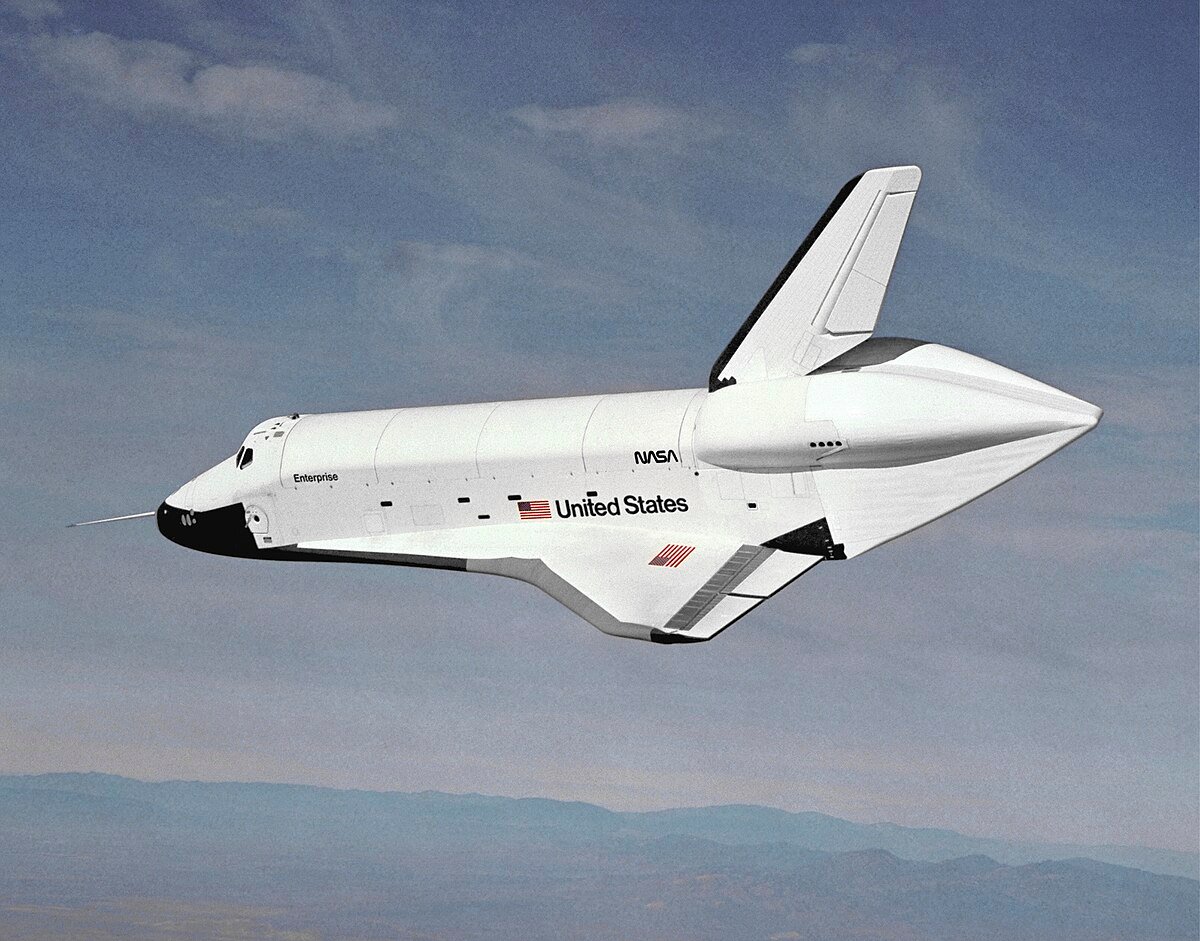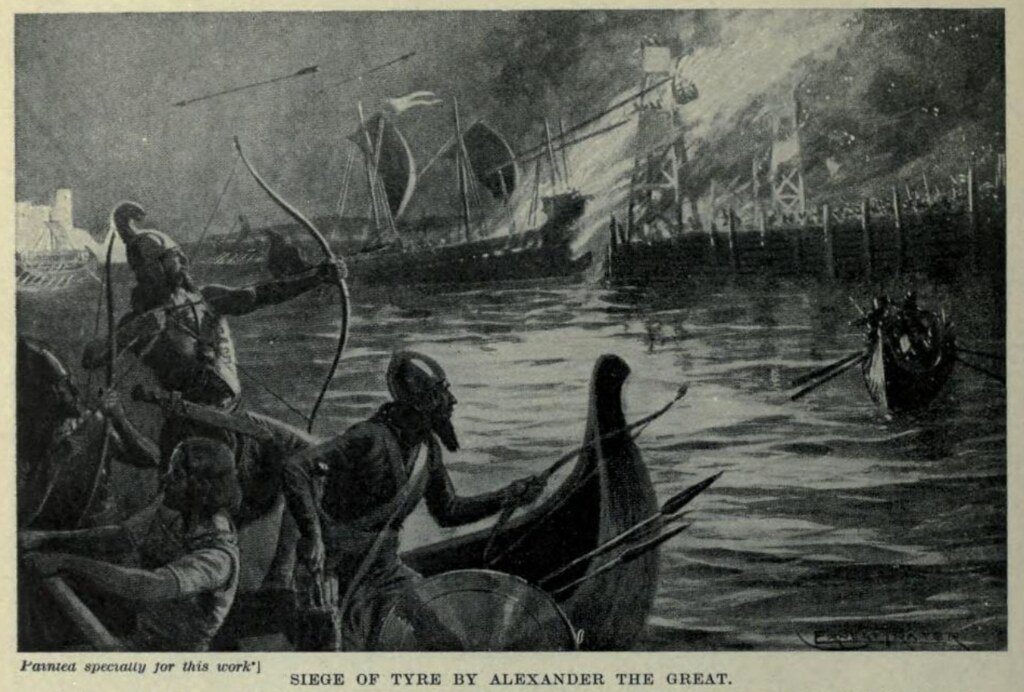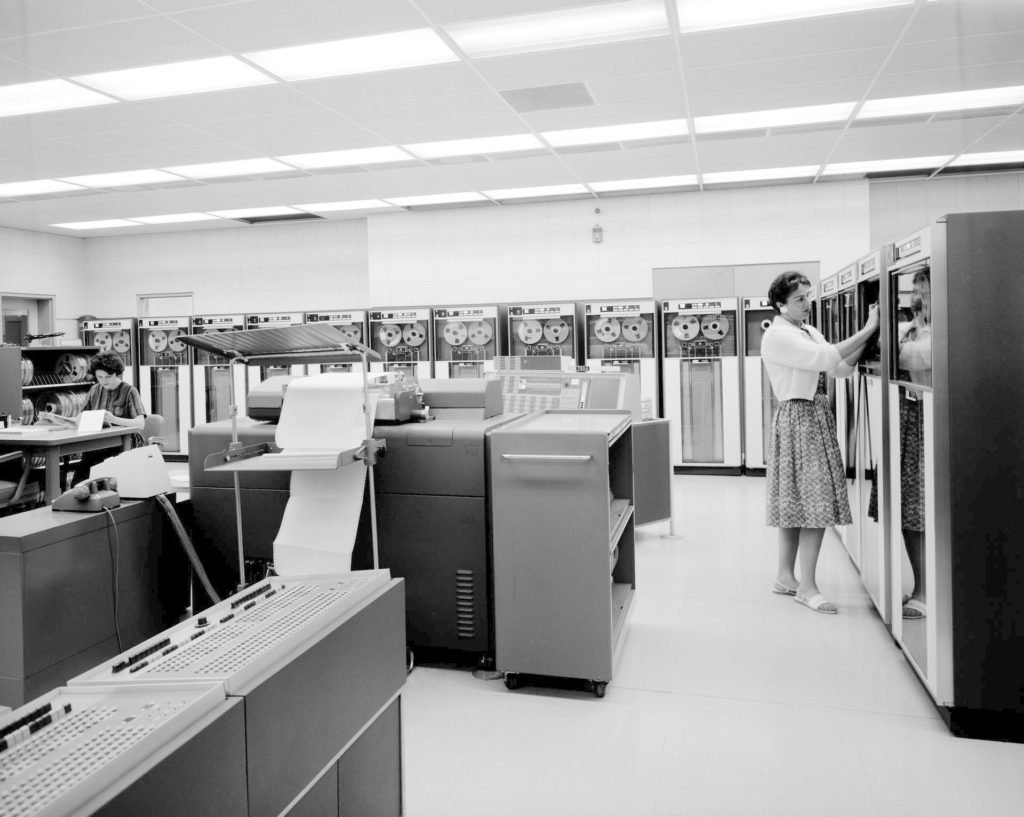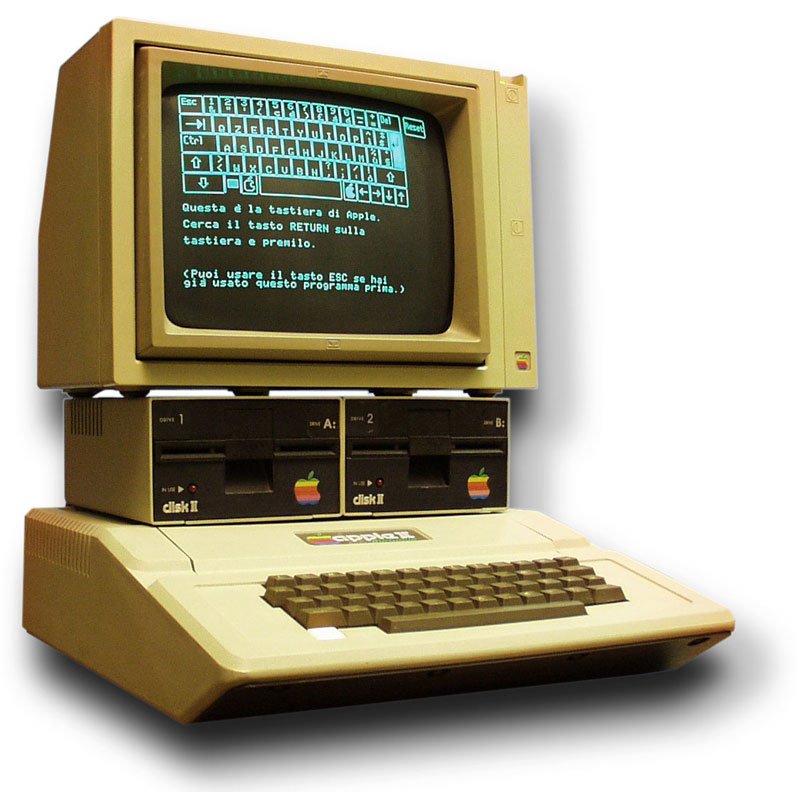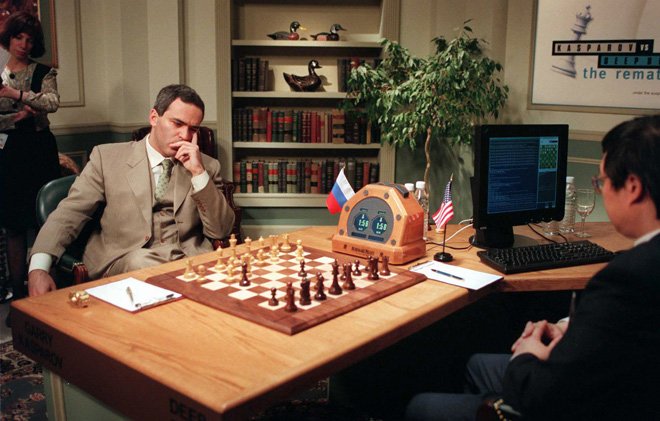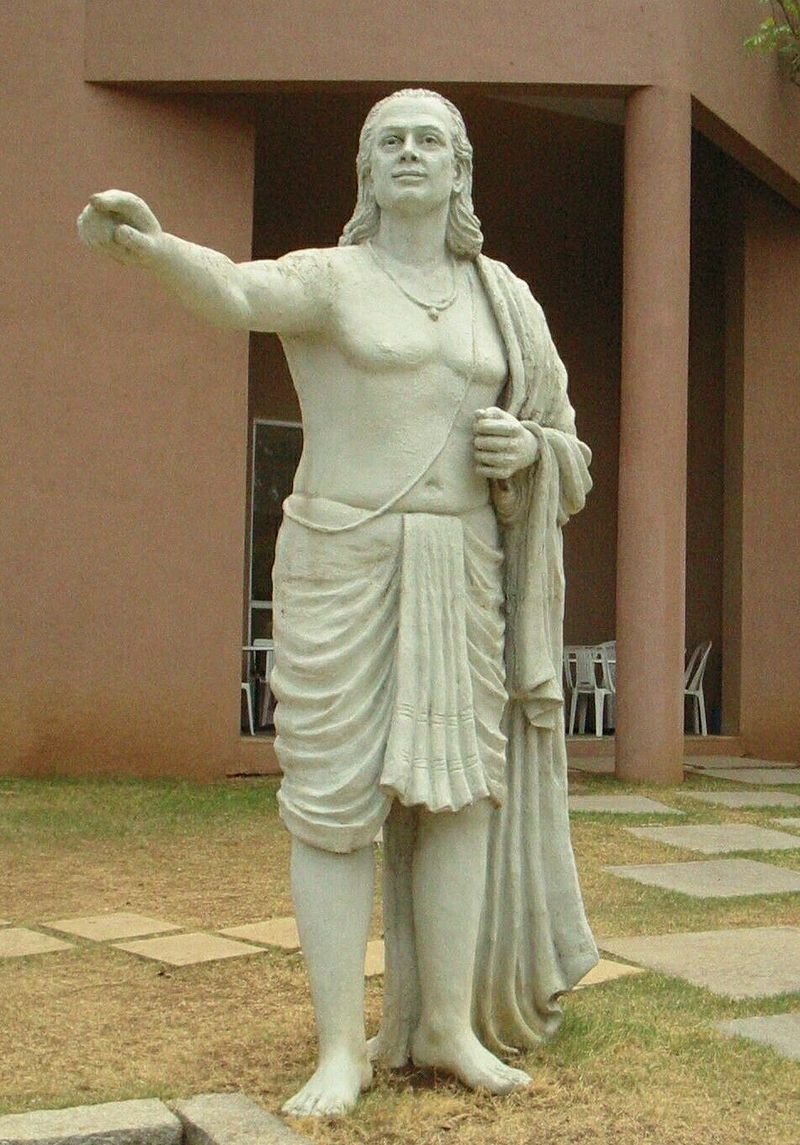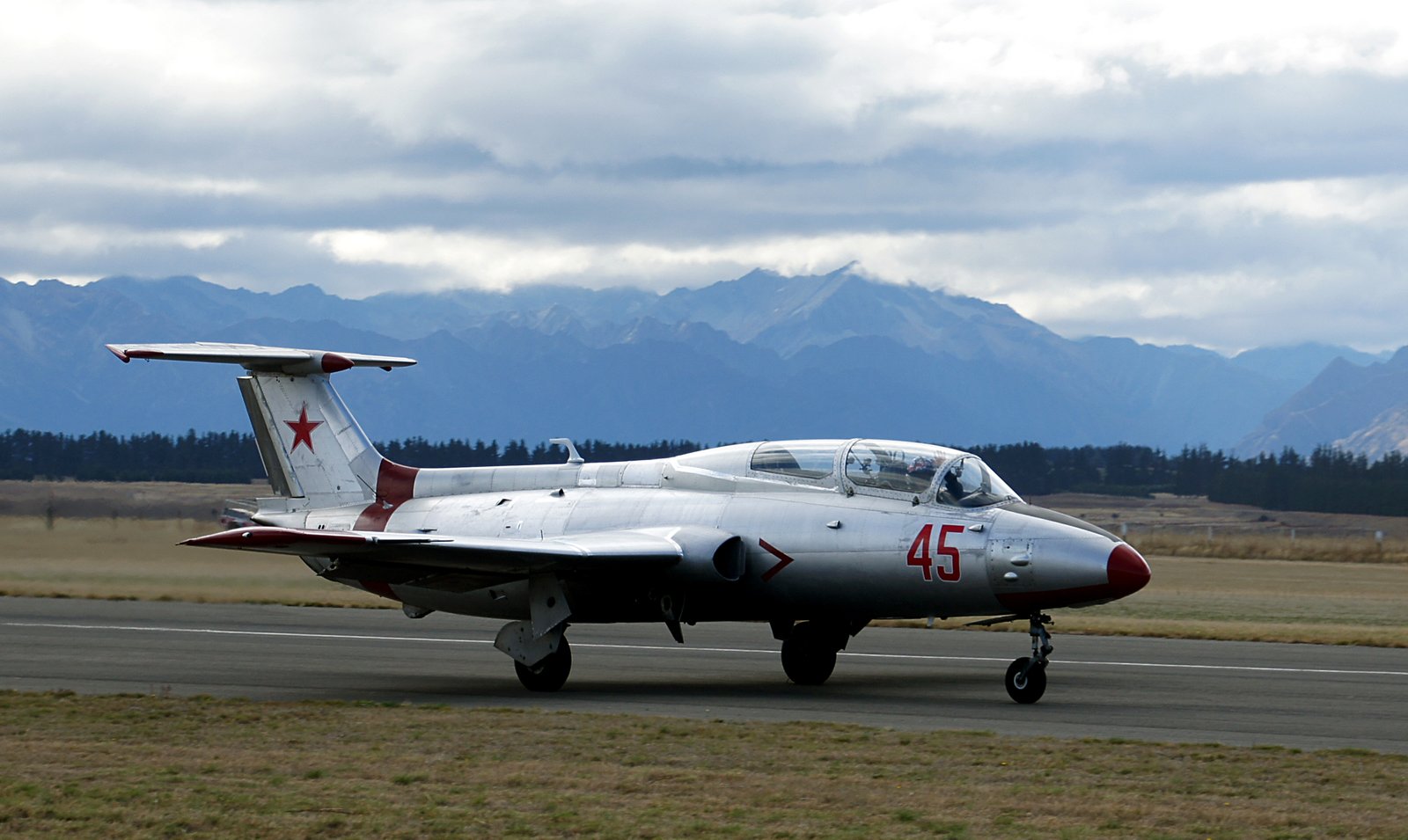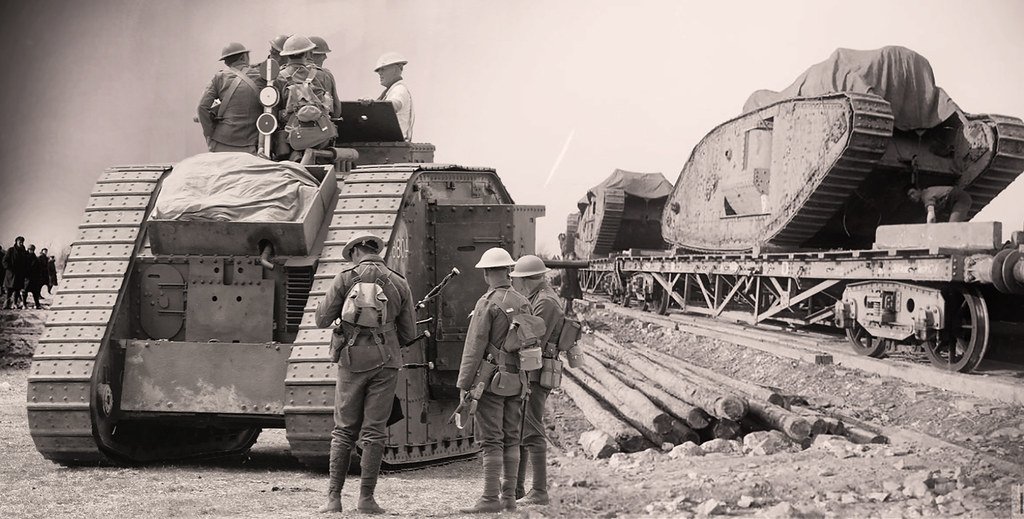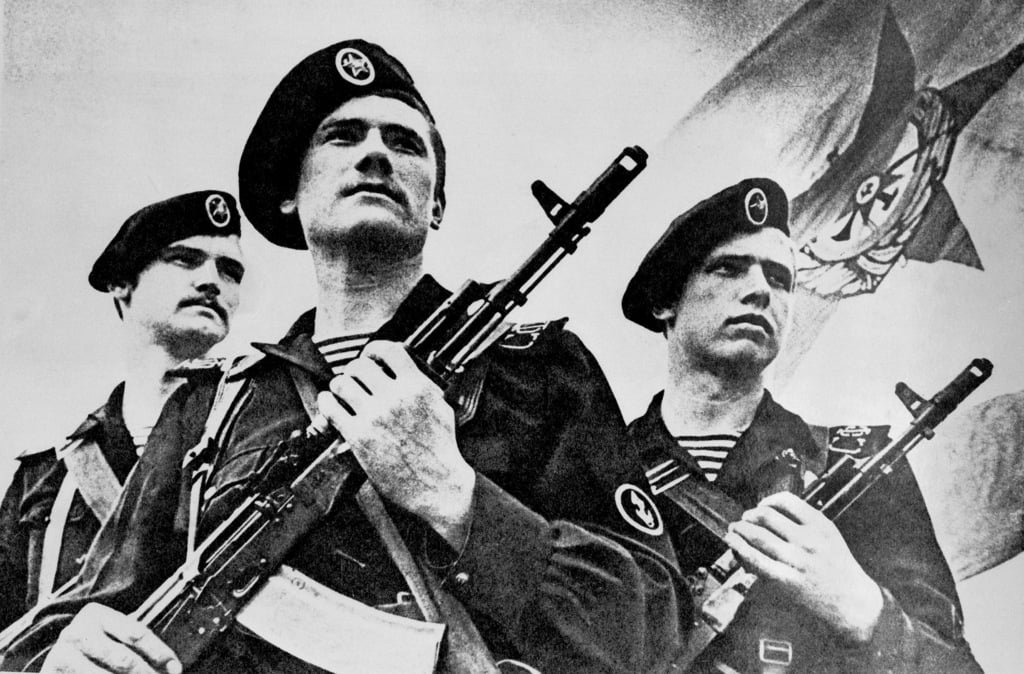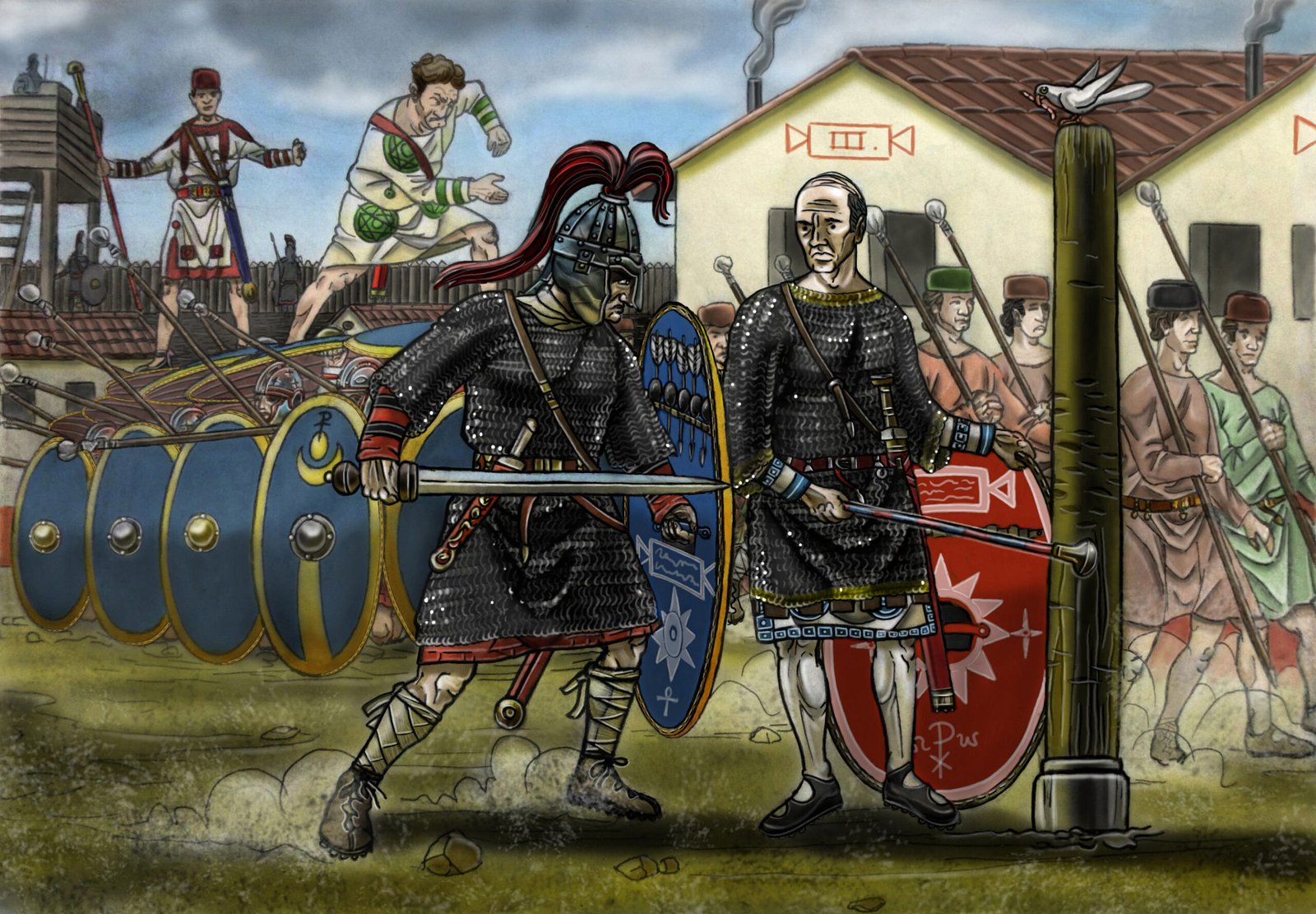The Cold War era, spanning from 1947 to 1991, witnessed a pivotal evolution in the design, capabilities, and strategic importance of battle tanks. These armored vehicles played a defining role in the standoff between NATO and the Warsaw Pact, reshaping military doctrines and technologies.
One of the iconic symbols of armored warfare during this period was the T-34. Originating from World War II, the T-34’s legacy extended into the Cold War, showcasing adaptability and influence on subsequent tank designs. Its innovative features and robustness reverberated across the battlefield, influencing the development of future Soviet tank models.
Simultaneously, Western powers introduced formidable machines like the British Chieftain. Emerging in the 1960s, the Chieftain represented a pinnacle in British tank design, boasting exceptional armor and firepower. Its robustness and capability earned it a significant position in NATO’s armored forces during the Cold War.
The global geopolitical landscape was shaped by the ongoing arms race between NATO, led by the United States, and the Warsaw Pact, spearheaded by the Soviet Union. Both factions incessantly aimed to outmatch each other in tank technology, leading to the introduction of successive generations of armored behemoths equipped with increasingly sophisticated weaponry and defensive systems.
As the Iron Curtain divided Europe, these battle tanks stood at the forefront, embodying the military might and strategic significance of both alliances. The constant advancements in tank technology symbolized the quest for superiority on the battlefield, with each new iteration designed to outclass its predecessors and adversaries.
The evolution of tanks throughout the Cold War not only marked technological progress but also underscored the pivotal role these armored vehicles played in shaping the military strategies and power dynamics of an era defined by tension, confrontation, and the persistent threat of conflict.
Table of Contents
Were tanks used in the Cold War?
Yes, tanks were extensively used during the Cold War. They served as crucial components of military arsenals for both NATO and Warsaw Pact countries. Throughout the era, these armored vehicles were deployed in various military exercises, stationed in strategic locations, and formed an integral part of military strategies.
The heightened tensions between the United States and the Soviet Union led to a significant buildup of military forces on both sides, and tanks played a central role in this arms race. They were not only symbols of military might but also essential tools for potential conflicts or as a deterrent against aggression.
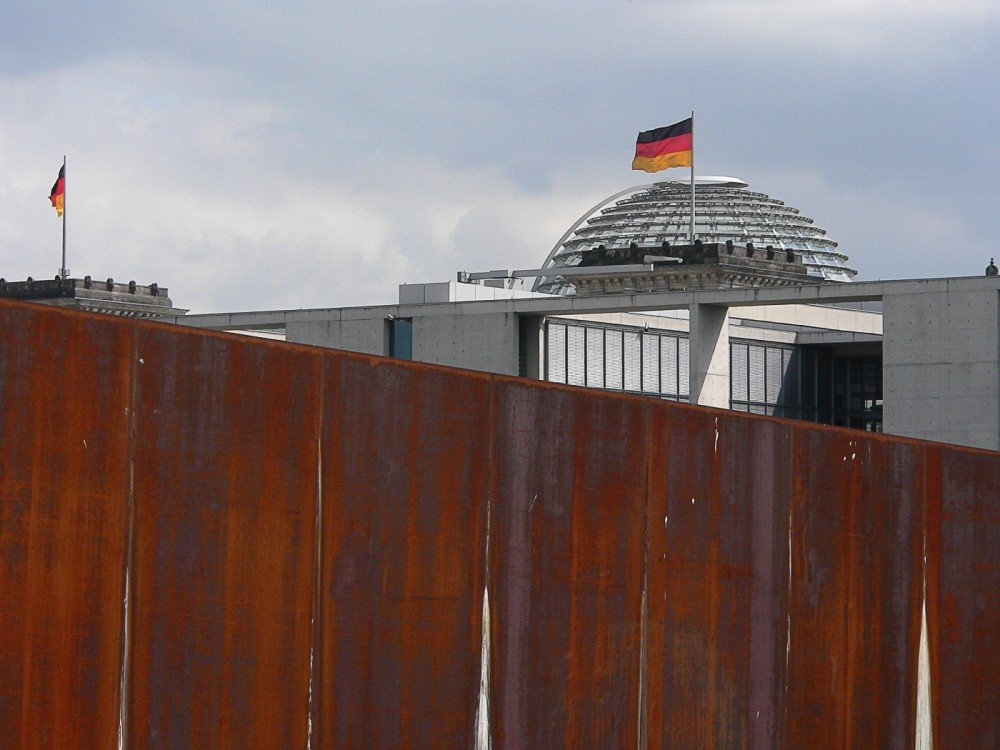
Tanks were employed in proxy wars, such as the Korean War, and Vietnam War, and conflicts in the Middle East, where they became instrumental in ground operations. They were utilized for reconnaissance, infantry support, breakthroughs in enemy lines, and as defensive assets. Their presence in Europe, particularly along the Iron Curtain dividing Eastern and Western Europe, underscored the potential for a land-based confrontation.
The threat of armored warfare between the superpowers loomed large, and the constant development and deployment of increasingly advanced tanks underscored their significance in the military strategies of the Cold War period. Ultimately, while direct large-scale tank battles between the superpowers were avoided, tanks played a significant role in shaping the geopolitical landscape and strategies of the era.
What was the best Cold War tank?
Determining the “best” Cold War tank is a complex task due to the diverse capabilities, technological advancements, and strategic contexts within which these armored vehicles operated. However, the Soviet T-72 stands out as a contender for this title.
The T-72 was a highly influential and widely deployed main battle tank during the Cold War. It offered a balanced combination of firepower, mobility, and armor protection. Its 125mm smoothbore gun was powerful and effective against various armored threats of its time. The tank’s composite armor provided reasonable protection against anti-tank munitions and small-caliber projectiles.
The T-72’s widespread use by Soviet bloc countries and numerous export nations made it particularly notable. Its production numbers and deployment in conflicts worldwide underscore its significance. Moreover, its relatively lower cost compared to Western counterparts made it an attractive option for many countries seeking modern armored capabilities.
While debates persist over which tank held superiority, the T-72’s ubiquity, reasonable performance, and adaptability in different theaters of conflict during and after the Cold War solidified its place among the most influential and widely recognized tanks of that era.
Cold War Tanks (1947-1991)
During the Cold War period from 1947 to 1991, tanks were a crucial component of military arsenals for both NATO (led by the United States) and the Warsaw Pact (led by the Soviet Union). These tanks evolved significantly in terms of technology, firepower, armor, and mobility throughout this era. Here are some notable tanks from this period:
Soviet Tanks
T-34
The T-34, a product of World War II, sustained its relevance and operational service throughout the Cold War, undergoing several modifications and enhancements. Despite its initial design dating back to the 1940s, its enduring presence and continual adaptations testified to its enduring significance. This tank’s influence reverberated across subsequent tank designs, shaping the evolution of armored vehicles.
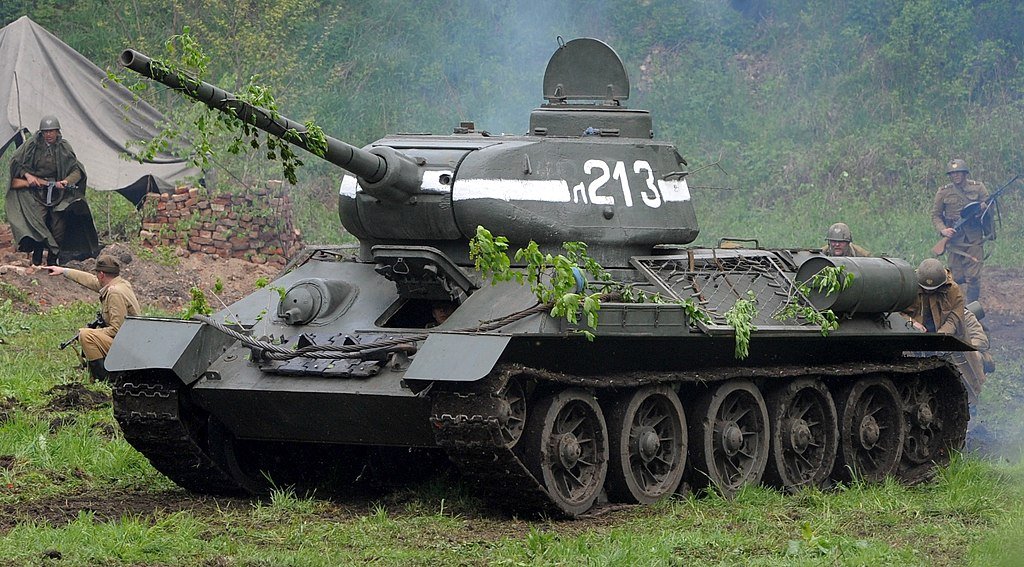
Its enduring presence within the Soviet arsenal symbolized its importance, particularly during the early stages of the Cold War, where it formed the backbone of the Soviet armored forces. Even as newer tanks emerged, the T-34’s legacy endured, contributing to the development of subsequent Soviet tank models. Its durability, combined with its role as a pioneering design, solidified its status as one of the most influential and iconic tanks in military history, leaving an indelible mark on the landscape of armored warfare throughout the Cold War period.
T-54/T-55
The T-54, initially introduced in the early 1950s, and its subsequent upgraded iteration, the T-55, held an unparalleled record as the most-produced tank in history. These formidable Soviet tanks became emblematic symbols of the Cold War era. Their production numbers surpassed any other tank, with estimates suggesting tens of thousands were manufactured.
Renowned for their reliability, ease of maintenance, and adaptability, the T-54 and T-55 tanks were extensively exported to various countries worldwide, solidifying their presence not just within the Soviet bloc but also as key components in the armored forces of many client states. Their widespread usage and robust design meant they could be found on battlefields across continents and were engaged in numerous conflicts, serving as the backbone of many nations’ armored capabilities well beyond their initial introduction. This extensive deployment underscored their significance and enduring legacy as some of the most influential tanks in military history.
T-62
The T-62, unveiled in the early 1960s, marked a significant advancement over its predecessor, the T-55, within the Soviet tank arsenal. Boasting a more potent 115mm smoothbore gun compared to the T-55’s 100mm rifled gun, the T-62 showcased enhanced firepower capable of engaging enemy armor effectively at greater distances. This upgrade in armament signified a leap in anti-tank capabilities and firing accuracy.
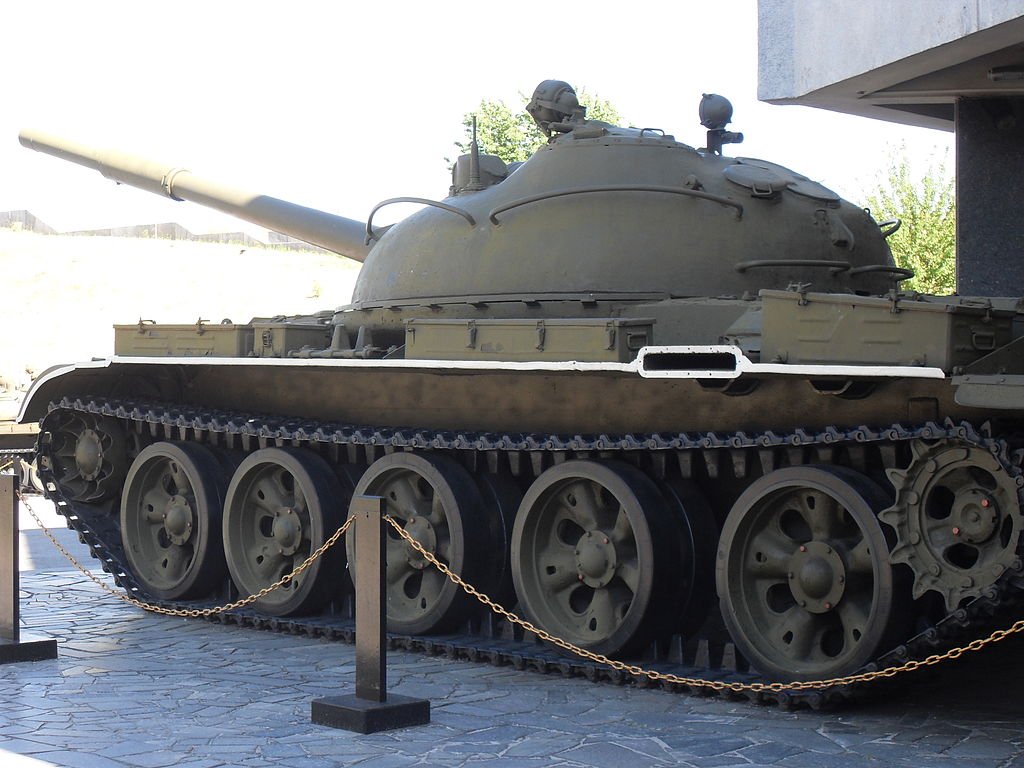
Moreover, the T-62 introduced improved armor, offering enhanced protection against certain types of ammunition and increasing crew survivability on the battlefield. While not as groundbreaking as subsequent Soviet tank models, the T-62’s enhancements in firepower and armor made it a formidable asset within the Soviet armored forces during the latter part of the Cold War. Its deployment showcased a transitional phase in tank design, setting the stage for further innovations in subsequent Soviet tank development.
T-64/T-72/T-80
The evolution of Soviet main battle tanks during the Cold War showcased significant technological advancements across successive generations. The introduction of the T-64 marked a revolutionary step forward, being among the earliest tanks to integrate composite armor. This innovative armor design amalgamated various materials, enhancing protection against enemy fire while maintaining a manageable weight.
The subsequent T-72 became a quintessential emblem of Soviet armored prowess, renowned for its versatility, reliability, and cost-effectiveness. Its widespread export and extensive use across numerous nations solidified its reputation as a formidable and adaptable war machine.
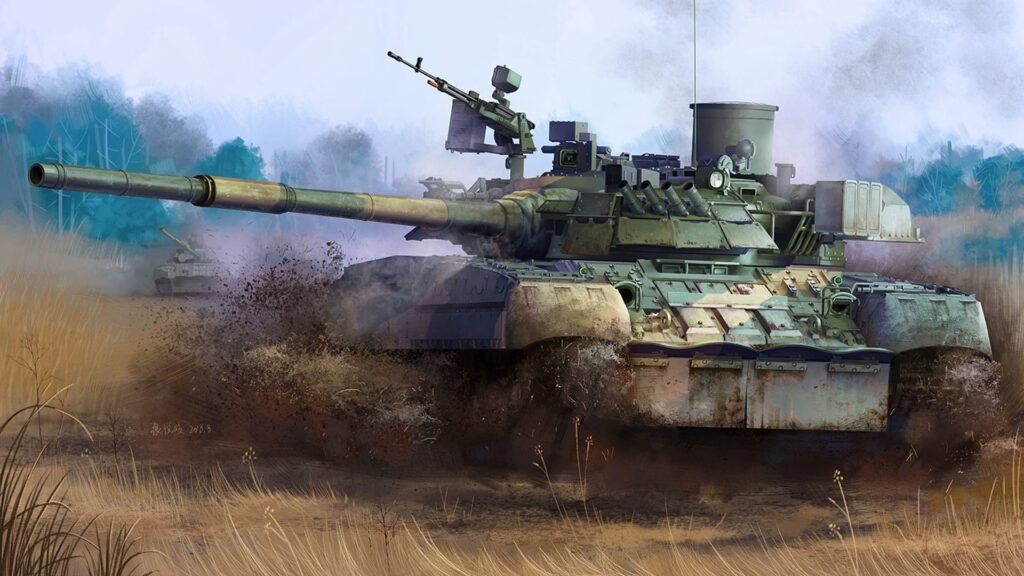
The T-80, distinguished as one of the pioneering tanks employing a gas turbine engine, exemplified a leap in propulsion technology. This innovation aimed to enhance mobility and maneuverability, offering a distinct advantage on the battlefield. Despite initial successes, the complexity and cost of the gas turbine propulsion limited its widespread deployment compared to its predecessors, the T-64 and T-72. Nonetheless, the T-80’s technological advancements laid the groundwork for future tank designs.
American Tanks
M46/M47/M48/M60 Patton Series
During the early Cold War period, a series of tanks served as the cornerstone of the U.S. armored forces, showcasing a continual evolution in firepower and armor. Each subsequent iteration represented a substantial improvement over its predecessor. The M46, M47, M48, and M60 Patton tanks formed this progressive lineage, incorporating advancements in technology and combat capabilities.
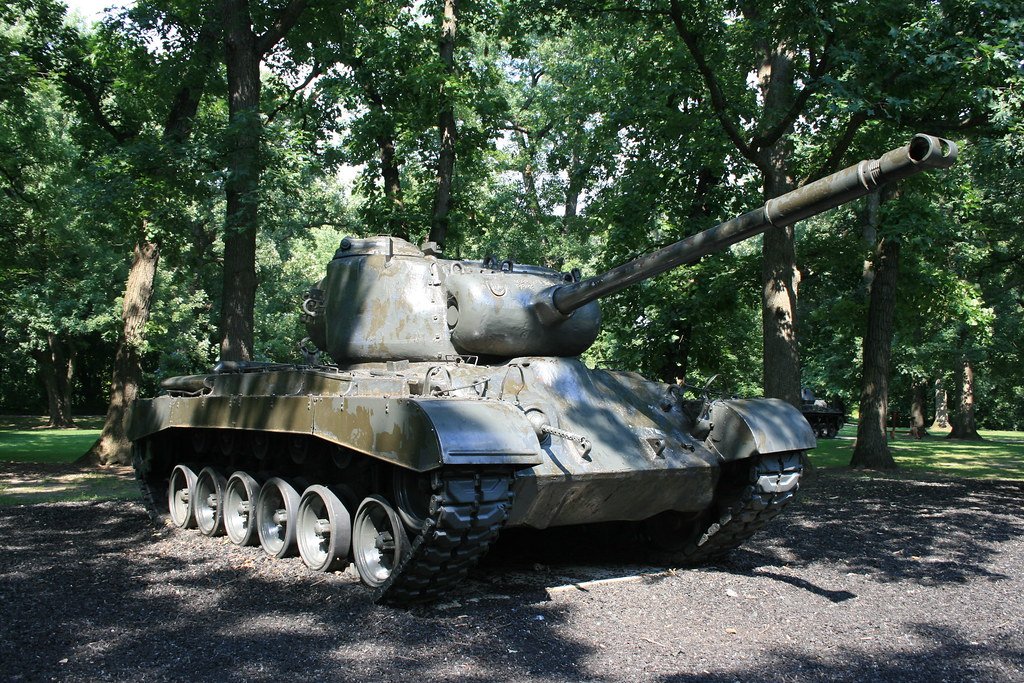
These tanks underwent systematic enhancements in armament and defensive features. Upgrades to their firepower included more potent main guns, allowing them to engage enemy armor at greater ranges effectively. Simultaneously, developments in armor technology bolstered their defensive capabilities against incoming threats.
This iterative approach ensured that the U.S. armored forces remained at the forefront of tank design, adapting to the changing demands of modern warfare during the early Cold War era. The continuous improvements in firepower and armor underscored the commitment to staying technologically superior in an ever-evolving arms race.
M103 Heavy Tank
Developed in the 1950s, the M103 tank was explicitly engineered by the United States to confront the heavily armored Soviet tanks prevalent during the Cold War. Sporting a formidable 120mm main gun, the M103 was designed with a primary focus on countering the increasing threat posed by Soviet armor, particularly tanks like the T-54 and T-55.
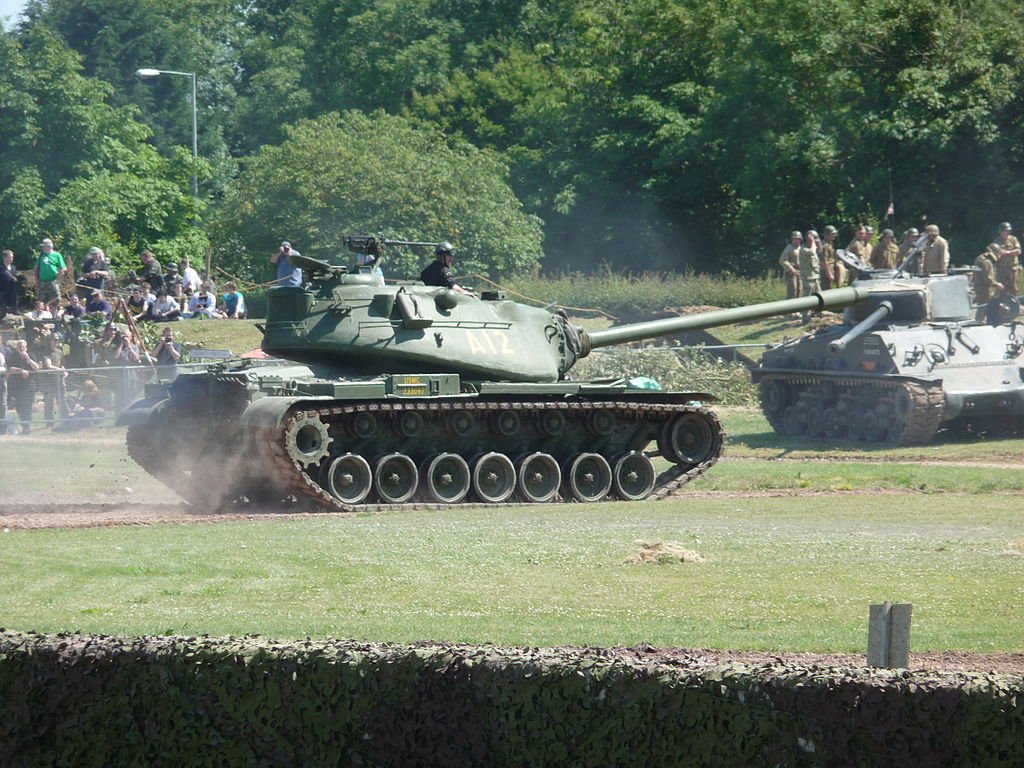
Its robust design boasted heavy armor and a potent gun, providing enhanced firepower and sufficient protection against Soviet counterparts. The M103’s firepower was considered a significant asset, capable of effectively engaging and penetrating the thick armor of Soviet tanks, thereby serving as a deterrent against potential adversaries.
Although fewer in number compared to other U.S. tank models of the era, the M103’s specialized role as an anti-tank platform underscored its importance in the American arsenal during a time marked by heightened tensions and the constant need to counter the evolving Soviet armored threat.
M1 Abrams
The M1 Abrams, unveiled in the 1980s, marked a groundbreaking advancement in tank technology, redefining armored warfare standards. It boasted a formidable combination of cutting-edge features that elevated its combat prowess. The incorporation of composite armor, blending various materials for enhanced protection without compromising mobility, fortified the tank against a spectrum of battlefield threats, including anti-tank munitions.
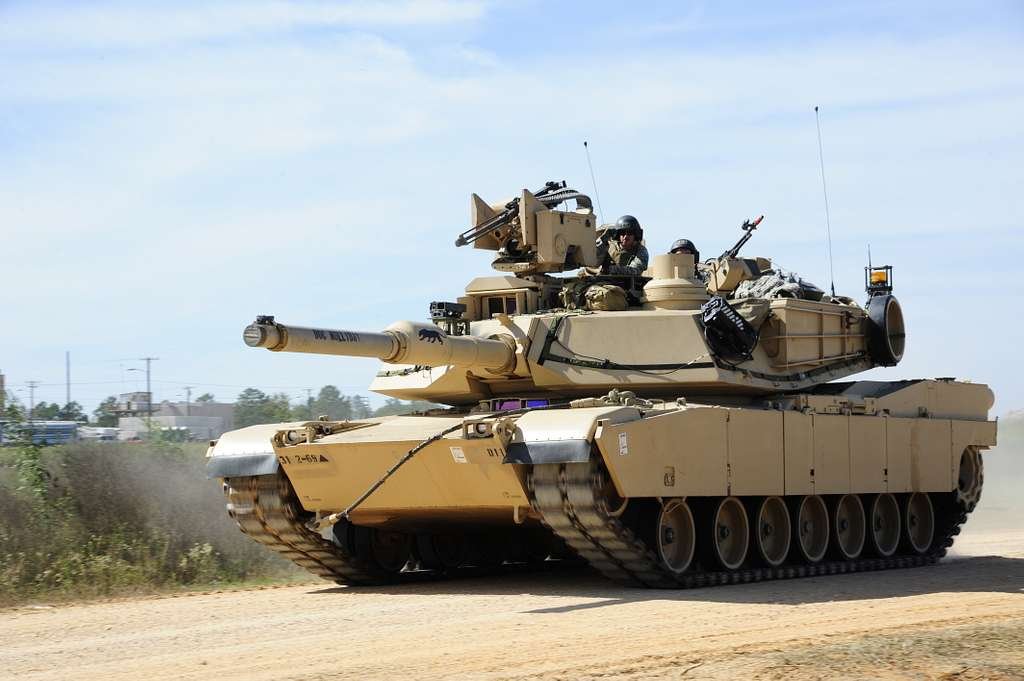
At the heart of its offensive capability lay the 120mm smoothbore gun, delivering exceptional firepower and accuracy, capable of neutralizing heavily armored targets with precision. Complementing this was the incorporation of state-of-the-art fire control systems, comprising advanced sighting and targeting technologies, allowing for swift and accurate engagement of enemy forces, even while on the move.
The M1 Abrams’ amalgamation of innovative protective measures, superior firepower, and advanced fire control systems not only revolutionized tank design but also solidified its position as a formidable and enduring asset within the U.S. military arsenal, ensuring dominance on the modern battlefield.
Other Notable Tanks
British Chieftain
Developed during the 1960s, the Chieftain emerged as an emblematic and heavily armored main battle tank of its era. Revered for its exceptional defensive capabilities, it boasted remarkable levels of armor protection that were unprecedented during its time. The Chieftain’s armor was designed to withstand a variety of threats on the battlefield, including anti-tank projectiles and shells, providing enhanced survivability for its crew.
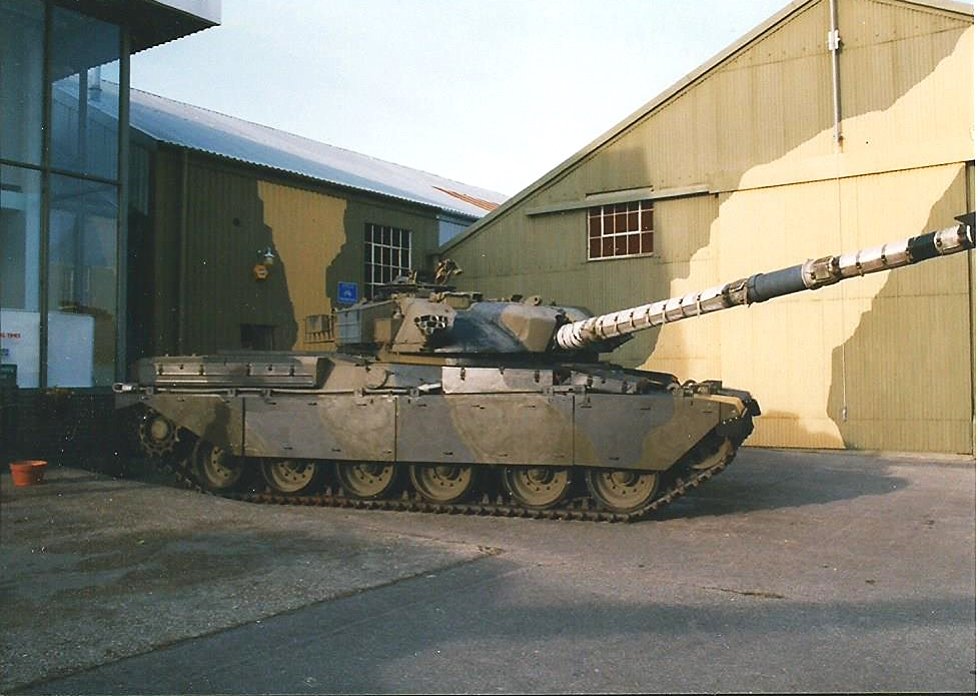
Equipped with a powerful 120mm rifled gun, the Chieftain also showcased formidable offensive capabilities, enabling it to engage enemy armor effectively. Its combination of robust armor and firepower solidified its position as a significant asset within the armored forces of NATO countries. Despite eventual technological advancements that superseded its design, the Chieftain’s legacy as a heavily armored and influential tank of the Cold War era remains prominent in the annals of military history.
German Leopard Series
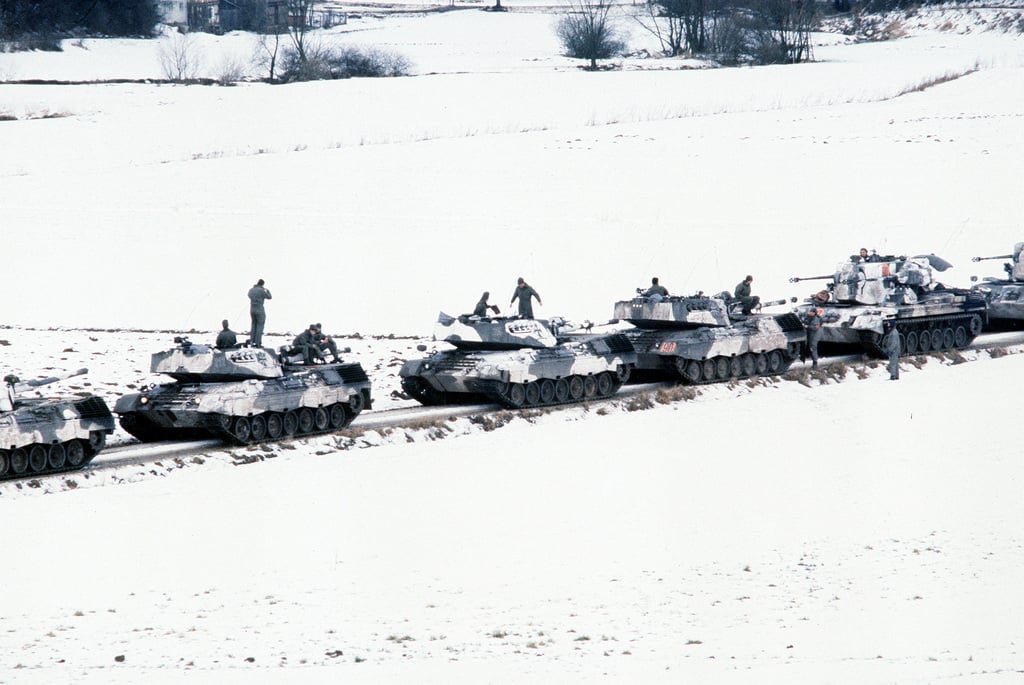
The Leopard series of tanks, initiated with the Leopard 1 in the 1960s and followed by the Leopard 2 in the 1970s, represented West Germany’s remarkable contributions to armored warfare. Engineered with cutting-edge technology and superior performance, these tanks swiftly became the cornerstone of NATO’s armored divisions. The Leopard 1, characterized by its agility and innovation, marked a shift from heavy, cumbersome tanks toward a more mobile and versatile platform.
Its successor, the Leopard 2, further solidified this lineage with advancements in firepower, protection, and maneuverability. Renowned for its formidable 120mm smoothbore gun, advanced fire control systems, and robust armor, the Leopard 2 became one of the most respected and widely exported main battle tanks globally. Their evolution epitomized West Germany’s commitment to developing and maintaining top-tier armored vehicles that not only served its military but also significantly bolstered NATO’s defensive capabilities during the tense Cold War era.
French AMX-30
The AMX-30, unveiled in the late 1960s, emerged as the primary battle tank for the French armed forces and garnered international attention through its export to multiple countries. Designed and manufactured by Atelier de Construction d’Issy-les-Moulineaux (AMX), this tank boasted innovative features for its time, including a 105mm smoothbore gun and advanced mobility capabilities. Its design prioritized agility and speed, enabling swift maneuverability across various terrains.
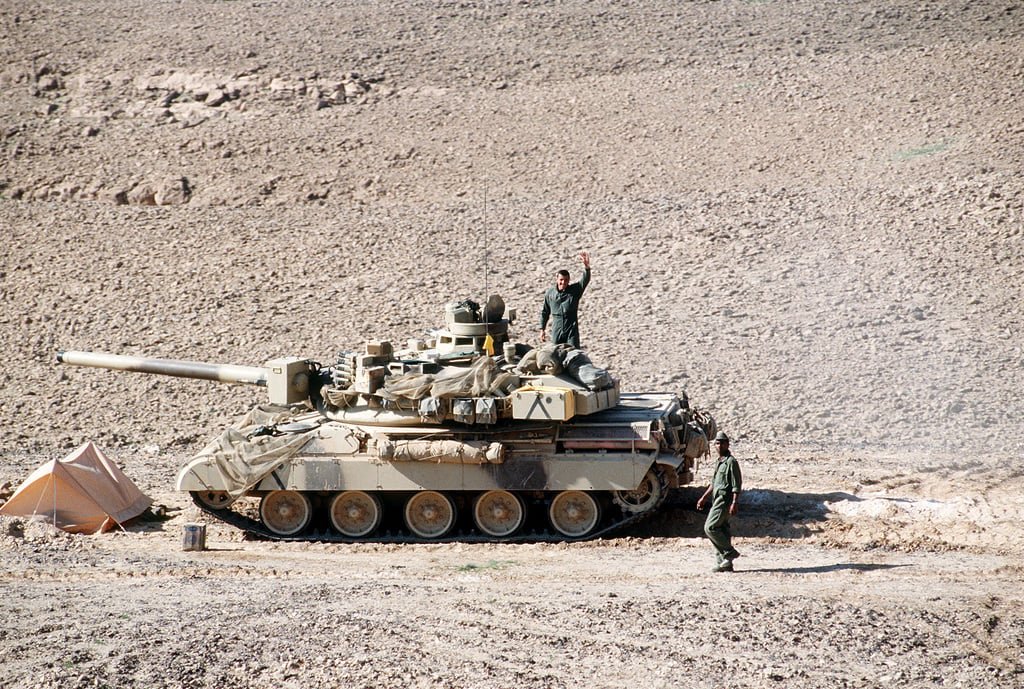
Renowned for its versatility, the AMX-30 showcased adaptability in diverse combat scenarios, emphasizing a blend of firepower, mobility, and moderate armor protection. Its exportation expanded its influence, with nations such as Saudi Arabia, Spain, Greece, and others adopting the AMX-30 into their armored forces. While later developments in tank technology surpassed some of its features, the AMX-30’s service and exportation solidified its significance as a notable French-made battle tank during the Cold War era.
The Cold War era witnessed a relentless arms race between NATO and the Warsaw Pact, propelling substantial advancements in tank technology. Both alliances pursued innovative designs, focusing on enhancing armor, weaponry, and mobility to gain a decisive edge in combat scenarios. This competition spurred a series of technological breakthroughs, leading to the development of more sophisticated and capable tanks.
Armor underwent significant upgrades, transitioning from traditional steel plating to composite materials, increasing resistance against various forms of enemy fire. Weaponry saw remarkable improvements with the integration of more robust and accurate main guns, often paired with advanced fire control systems to enhance accuracy and target acquisition.
Moreover, mobility became a critical factor, prompting the introduction of more agile and faster tanks equipped with advanced suspension systems, facilitating swift maneuverability across varied terrains. The relentless pursuit of superiority on the battlefield fueled an era of rapid innovation, transforming the landscape of armored warfare and leaving a lasting legacy of technological advancements in tank development.
